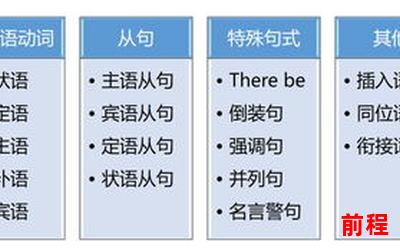 摘要:
Chapter1:TheBeginningofaJourneyOnceuponatimeinasmalltowncalledGre enville,theresidentslive...
摘要:
Chapter1:TheBeginningofaJourneyOnceuponatimeinasmalltowncalledGre enville,theresidentslive... Chapter 1: The Beginning of a Journey
Once upon a time in a small town called Greenville, the residents lived harmoniously with nature. However, as time went by, the town faced a growing problem - waste management. The streets were filled with litter, and the beautiful landscapes were spoiled by garbage. Determined to find a solution, the town council decided to embark on a journey to learn about waste sorting from around the world.
Chapter 2: Exploring Waste Sorting in Europe
The first stop on their journey was Europe. They visited countries like Germany, where waste sorting was taken very seriously. In Germany, citizens were required to separate waste into different bins for recycling, composting, and general waste. The council was impressed by the efficiency of the waste management system and the commitment of the citizens to environmental sustainability.
Chapter 3: Lessons from Asia

Next, the council traveled to Asia to learn from countries like Japan and South Korea, known for their advanced waste sorting techniques. In these countries, waste was meticulously sorted into categories such as plastic, paper, metal, and glass. The council was amazed by the innovative technologies used to process and recycle the waste, minimizing the impact on the environment.
Chapter 4: North America's Approach
In North America, the council discovered a different approach to waste sorting. They learned about single-stream recycling, where all recyclable materials were collected together and sorted at a recycling facility. Although this method was convenient, they also realized that it required a high level of public awareness and education to ensure proper sorting.
Chapter 5: Back to Greenville
Armed with knowledge from around the world, the council returned to Greenville determined to implement an effective waste sorting system. They held town meetings to educate the residents about the importance of waste sorting and provided them with detailed guidelines. The local schools also incorporated waste management education into their curriculum, ensuring that the younger generation understood the significance of their actions.
Chapter 6: A Change in Greenville
Slowly but surely, Greenville underwent a transformation. Citizens embraced waste sorting, diligently separating their waste into different bins. Recycling centers were established, and composting programs were implemented. The town's streets became cleaner, and the once-polluted rivers started to regain their natural beauty. Greenville became an example for other towns facing similar challenges.
Chapter 7: A Sustainable Future
As the years passed, Greenville continued to thrive as a sustainable town. The waste sorting system became a part of the town's culture, passed down from one generation to the next. The council's efforts were recognized globally, and Greenville became a model for waste management practices. The town's success inspired other communities to follow suit, creating a ripple effect towards a cleaner and greener world.
Conclusion
The journey of Greenville's council to learn about waste sorting from around the world was not just a story of a town's transformation, but also a tale of collective action and the power of knowledge. Through their determination and willingness to embrace change, Greenville became a shining example of how a small town can make a big difference in the fight against waste. The lessons learned from their journey continue to inspire and guide communities worldwide towards a more sustainable future.








